Building a Housing Complex
Working at a construction company, you might find a lot of strange things buried in dirt, but we bet you’ve never seen what these construction workers discovered during a project they had earlier this year. A foreman and his team nearly unearthed the strangest thing they’ve ever seen in their lives. It was such a huge discovery, they had to stop the bulldozers from destroying their find. They call the authorities who are as baffled as they are!
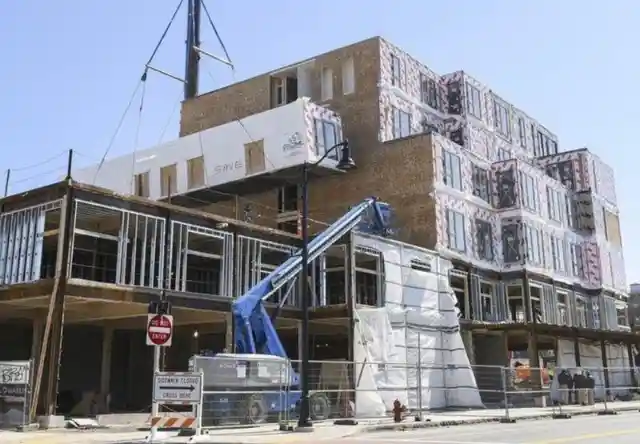
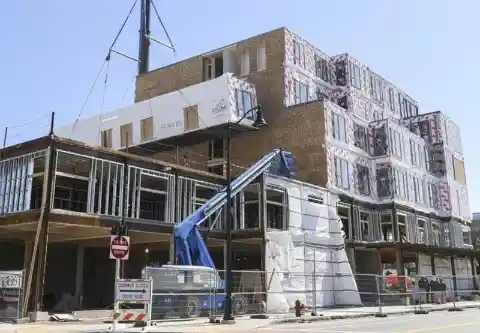
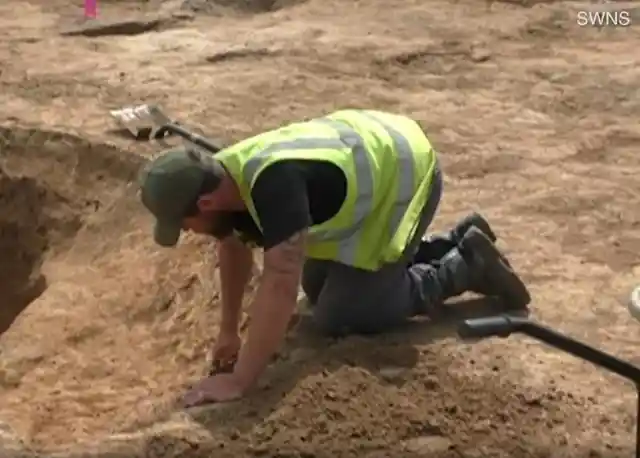
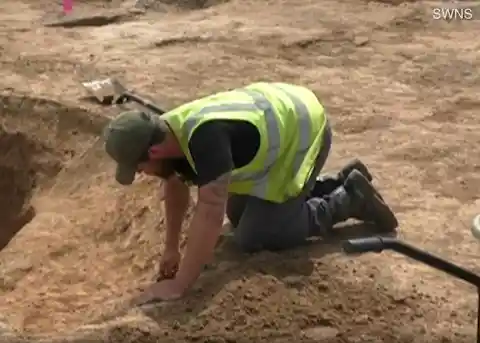
It might be unbelievable, but the crew stopped in their tracks since they uncovered something too bizarre, that they definitely needed to get an expert’s opinion.
We can all agree that we need more houses since the human population keeps on growing, so apartment buildings were the best choice for Newington.
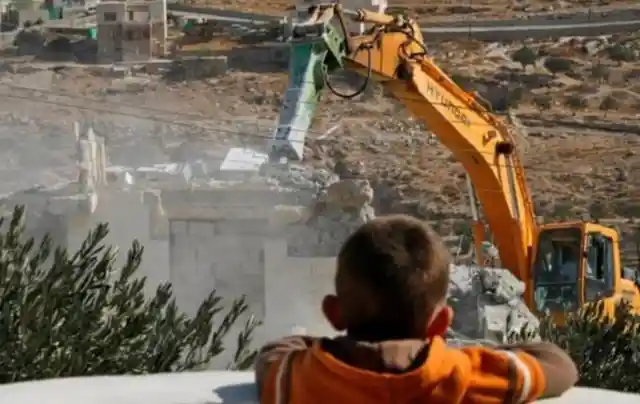

But nobody thought that excavating the land would lead to a historic find!
So far, all over the world, construction crews led to the discovery of the most amazing and strange objects lost undergrounds. For instance, these people found a whole car buried underground!
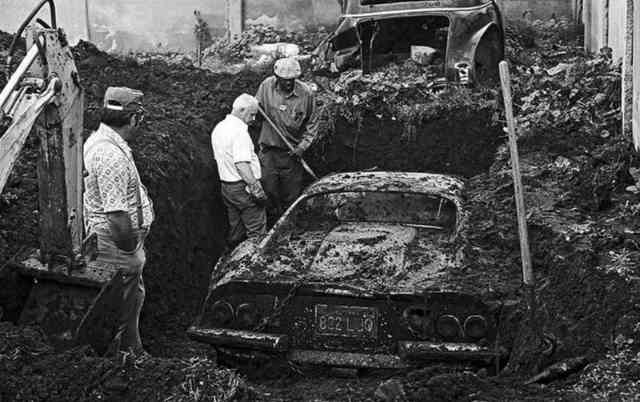
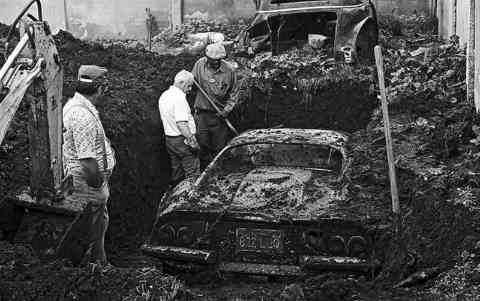
This time, the discovery from Newington would make headlines all over the world…
The construction team from Newington was ready to begin the excavations for the 124-home housing project.
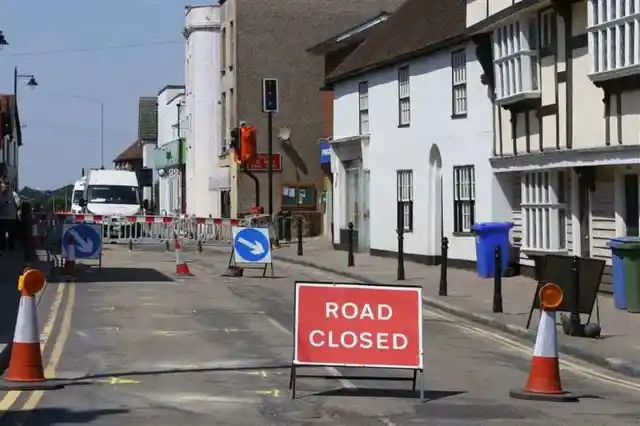
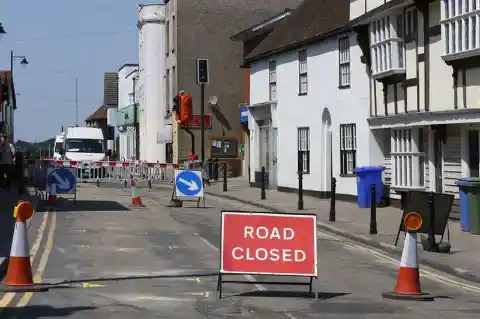
As they slowly began to excavate some of the land, they realized something unusual was poking through the ground.
Just a few feet underground, the crew realized they were looking at some strange rock formations that looked to neatly placed to be random rocks.
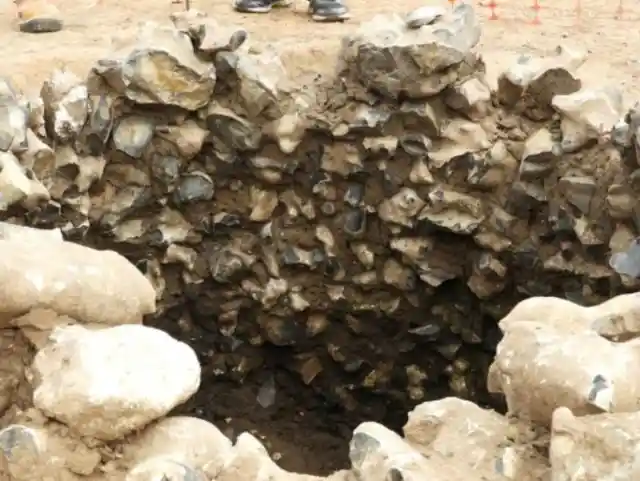
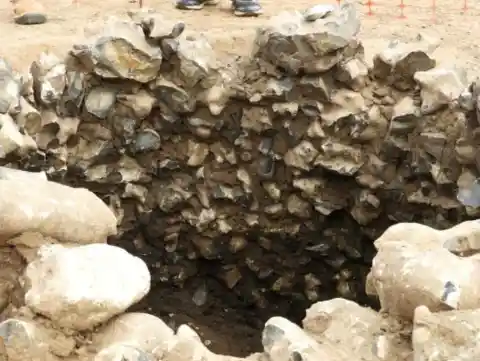
They knew they had to contact an expert before demolishing them.
Thinking these could have been some old ruins, the workers called the Newington History Group.
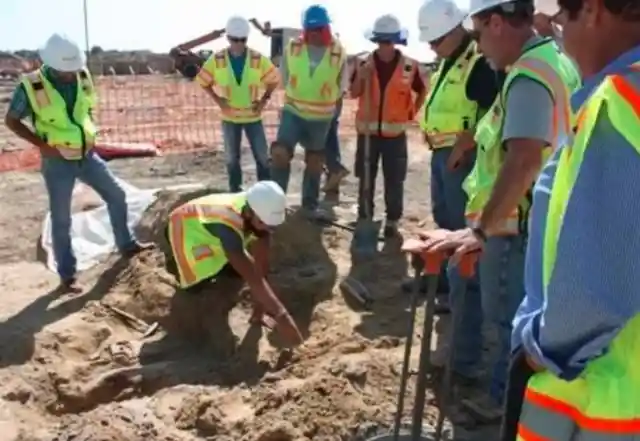
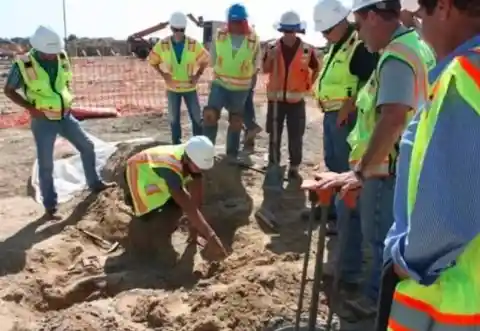
Dean Coles is the chair of the group and he was indeed the right person they needed to call!
Dean Coles asked archaeologist Dr.
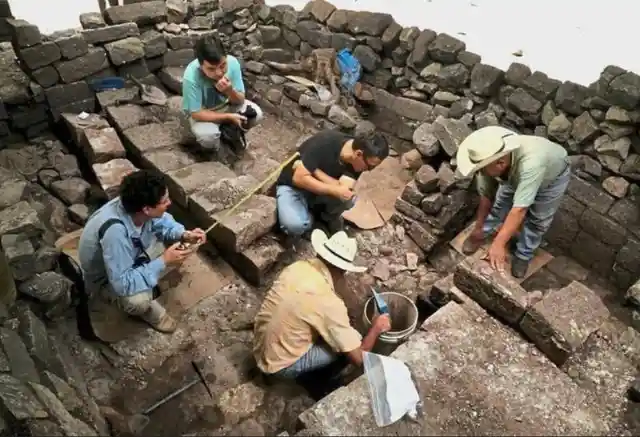
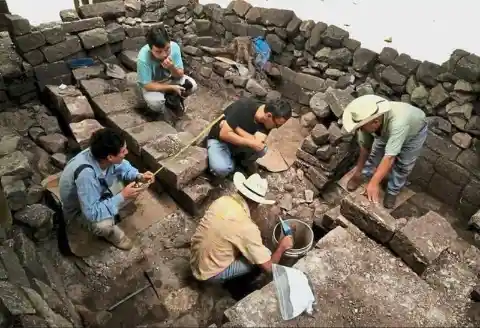
Paul Wilkinson to join him on the construction site and investigate whether those rocks were part of some ancient buildings or not.
Wilkinson, who is also the director of the Swale and Thames Archaeology Survey Company, is all about discovering historical sites.
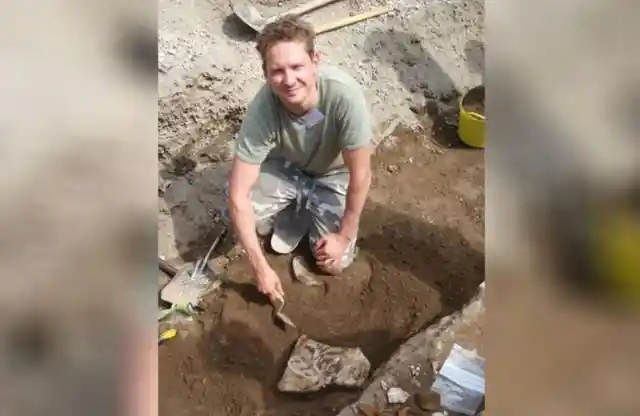
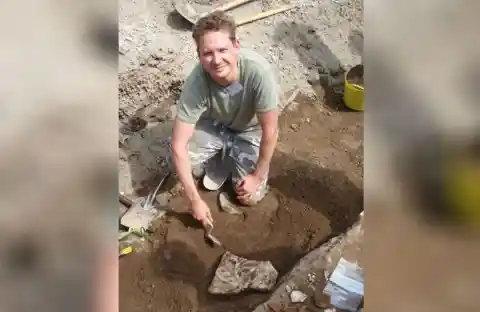
When he looked at the place the construction workers excavated, he knew he had to call for backup!
The two men call 30 archaeologists to begin exploring the ruins that seemed to be part of an old settlement. But how old was it?
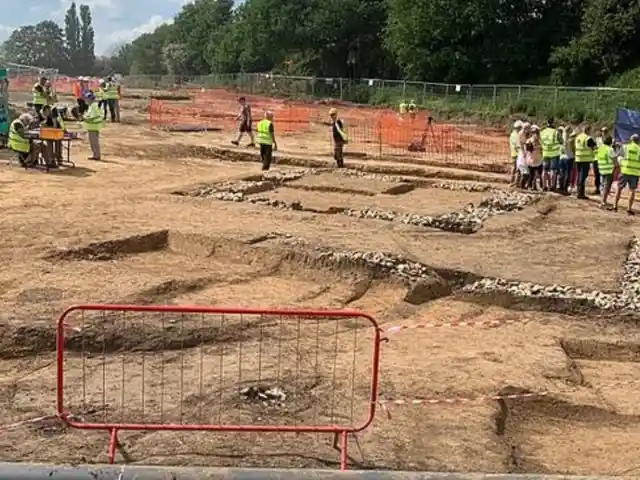
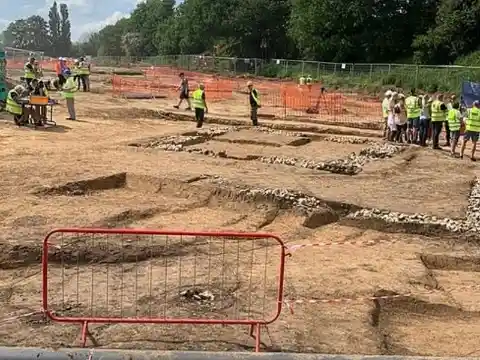
They had to find out by carefully digging out around the rocks. They were all excited, but had no idea how much important their job really was!
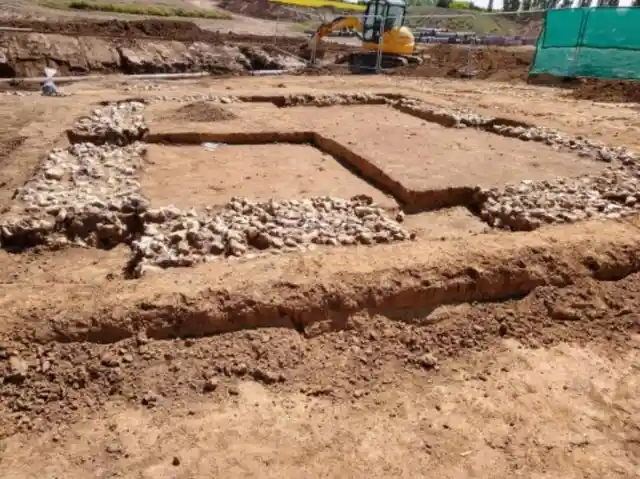
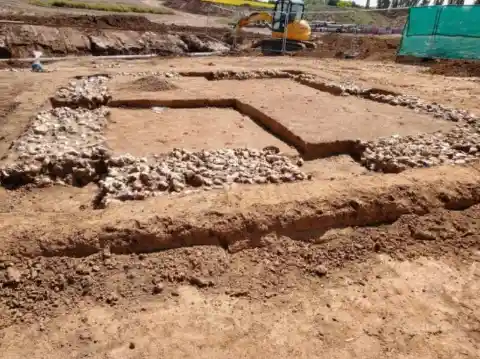
There was no doubt these were the ruins of an ancient town, and when the team began discovering some of the items buried in dirt, they were all floored.
The team of archeologists was looking at an ancient Roman town! The pottery discovered in the area and the ancient coins were proof of it, but they still had more to uncover… “This is one of the most important discoveries of a Roman small town in Kent for many years with the preservation of Roman buildings and artifacts exceptional,” explained Dr.
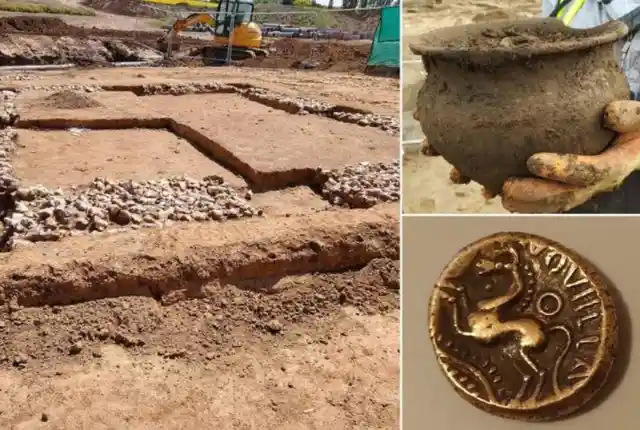
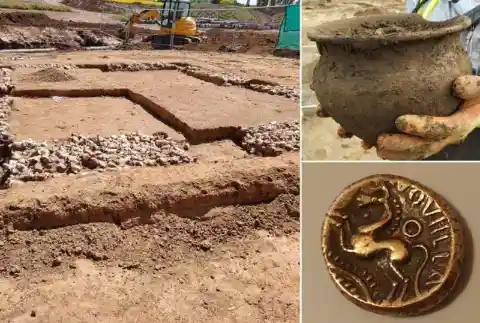
Paul Wilkinson. Here are some of the artifacts that would be later put on display…
Archaeology project manager Peter Cichy said it was “only the beginning of months and months of work.
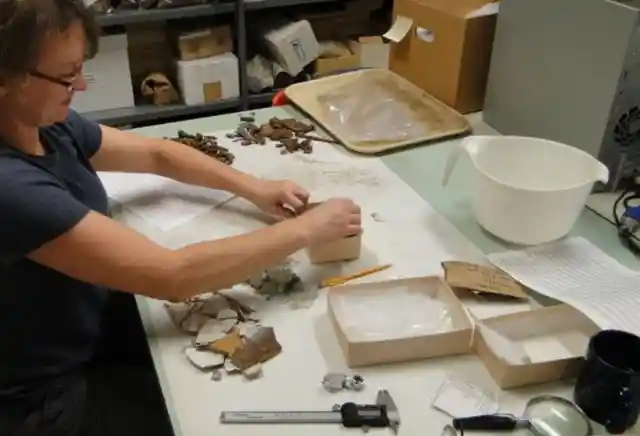
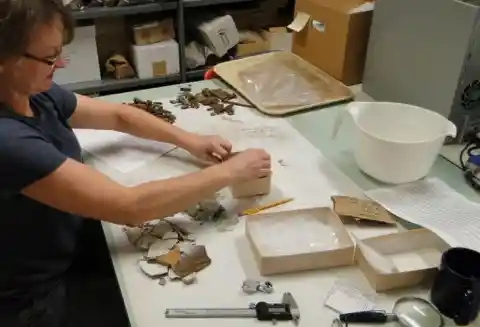
We will be analyzing and dating our finds, sorting and piecing together thousands of pottery shards and writing up our report.”
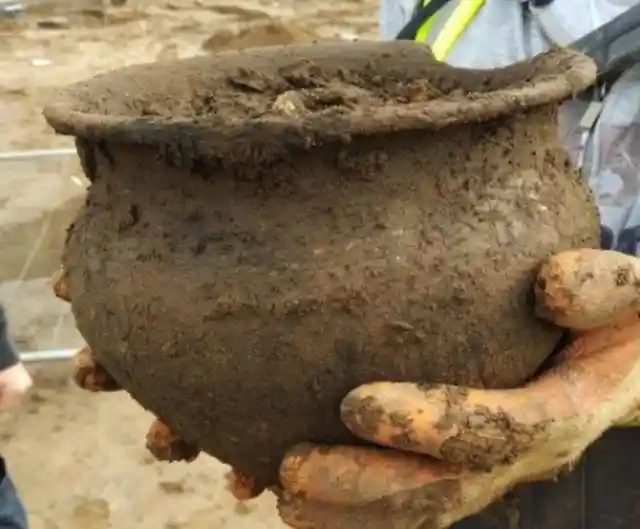
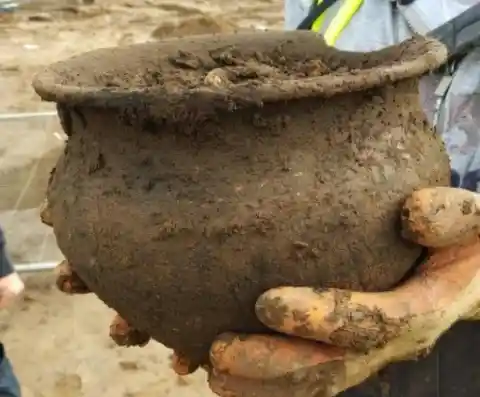
Dean Coles said they believe this Roman town had a “thriving manufacturing site in the heart of our village,” explaining they found a Roman burial ground and proof of Roman occupation close to the excavation site.
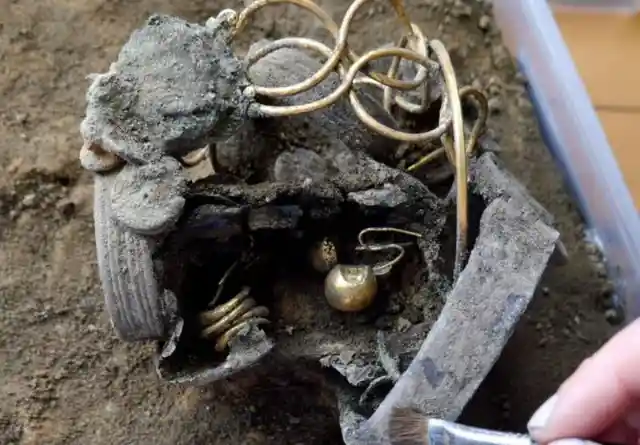
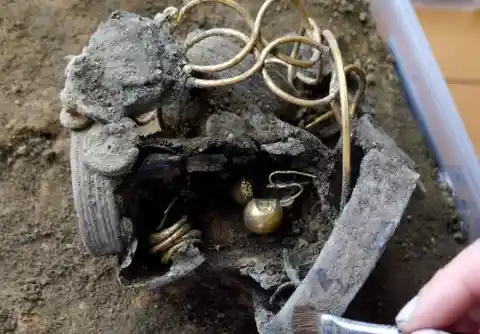
“The scale of this site… changes our knowledge of Newington’s development,” added Coles, saying that some of the jewelry is as old as 30 B.C.
Historians believed that the Roman city of Durolevum was lost, but finding these ruins in Newington shows the village was actually part of that thriving city.
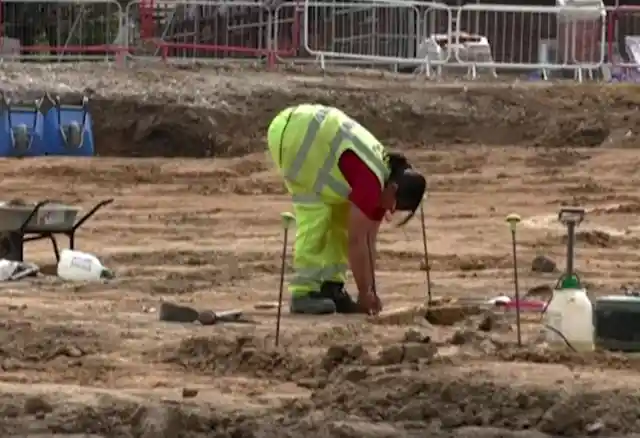
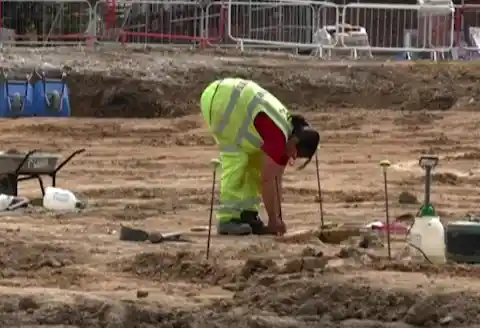
The archaeologists working on the site also discovered a road, leading to the next discovery…
A seven foot-wide road was connecting a ruin which proved to be a Roman temple to Canterbury and the coastline. Historians are sure it was used by Romans to invade England.
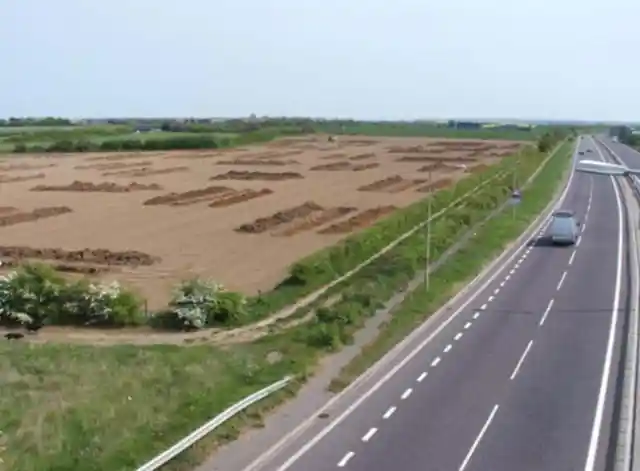
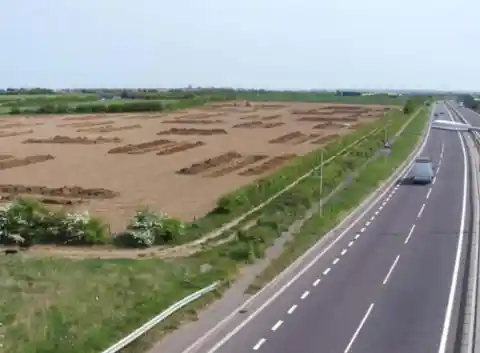
After building the temple and living for a while, the Romans left and the land was claimed by Anglo-Saxons. Throughout time, the town Durolevum remained.
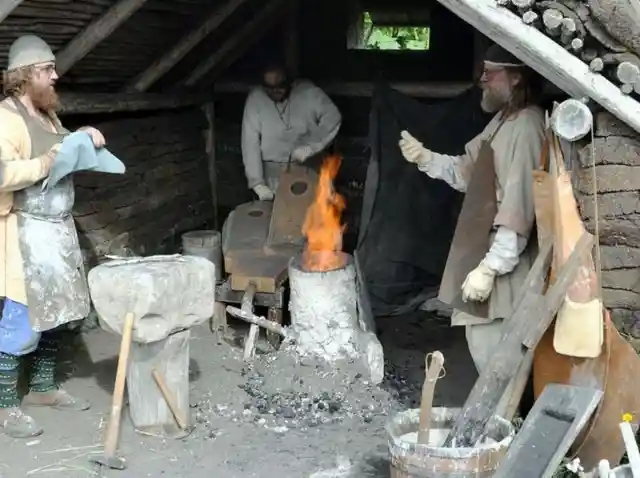
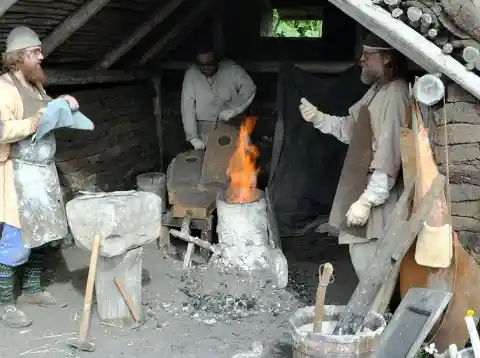
When archaeologists found iron furnaces in the ruins, they realized it was a town that had a heavy manufacturing center, since it contained many kilns and pottery.
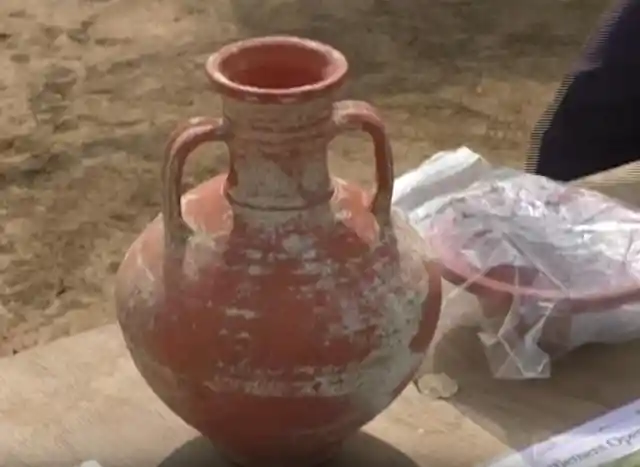
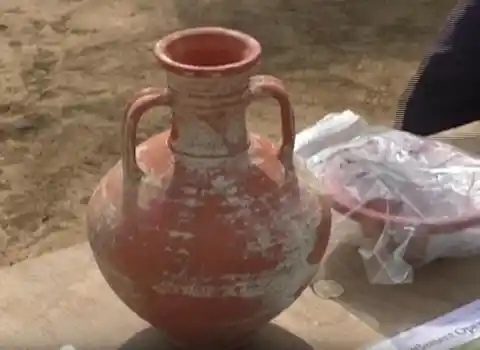
The construction of the housing complex was planned to continue after archaeologists excavated the ruins, but Newington History Group found a solution so that the temple ruins would be preserved and the construction can also continue on that very spot!
The ruins discovered in Newington made headlines around the world since it contained just one of the 150 known Roman temples in the UK.
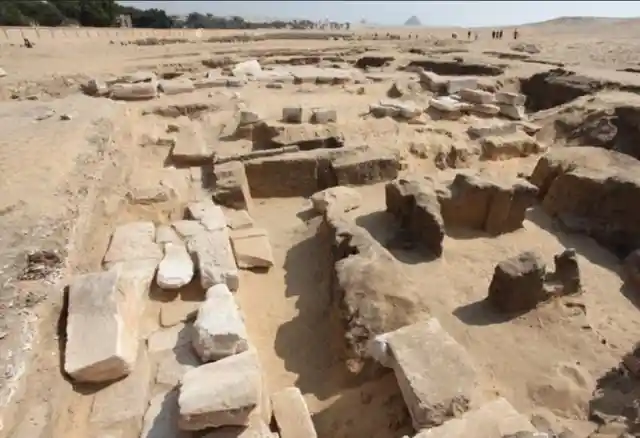
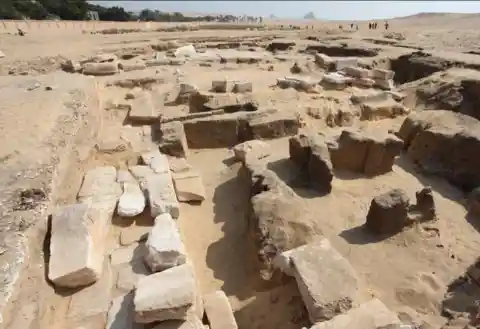
Coles explained that “when news of the finds became public, villagers were upset at the thought of them being buried again.”
Instead of covering the ruins and building on top of them, the archaeologists found the perfect solution.
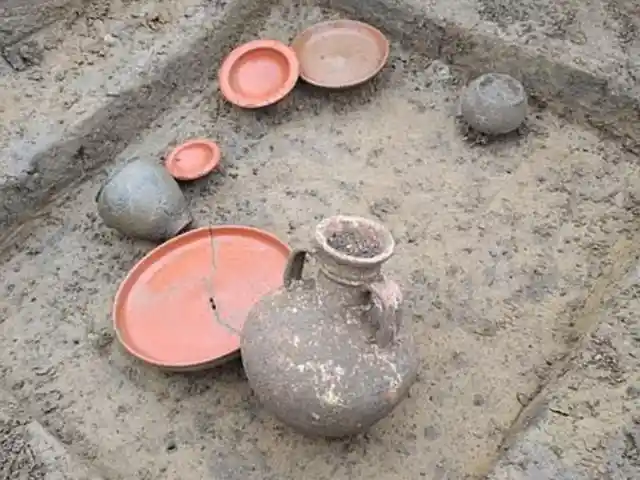
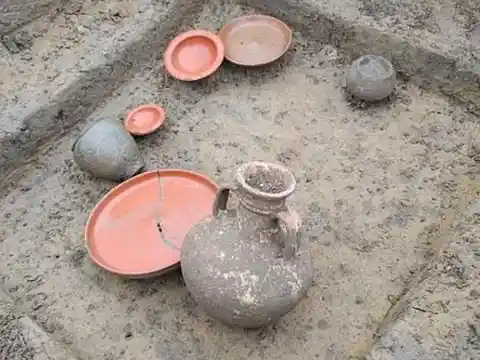
Coles said they were able to save the temple from the ruins since it had a precious historic value: “Now the temple will be a physical reminder of Newington’s long and fascinating heritage.”
The temple will be a special place in Newington, showing visitors how the village developed as a Roman town. “It is wonderful that part of our Roman heritage is to be rescued and preserved by the efforts of the local community,” added Dr.
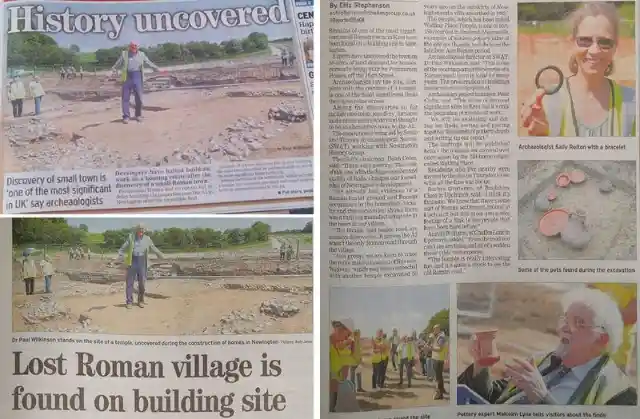
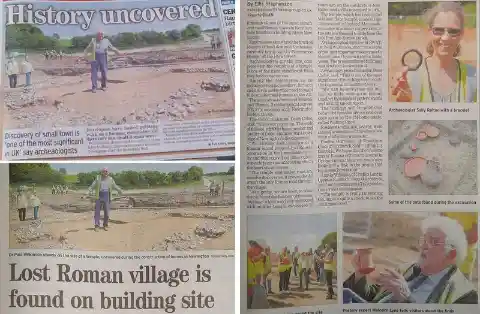
Wilkinson.
Visitors can check out the ruins of the temple since they are now open for visits.
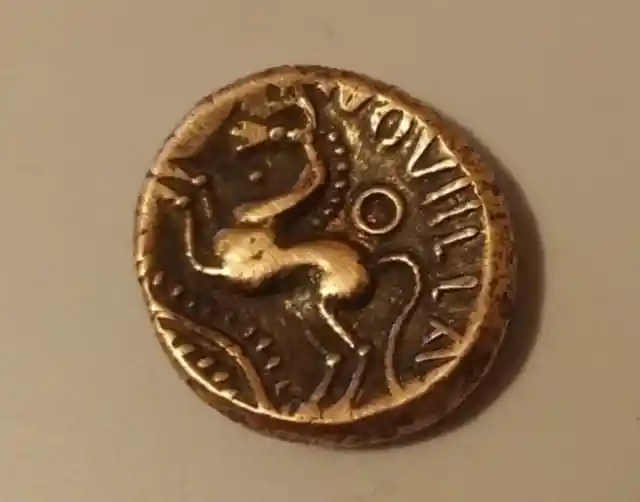
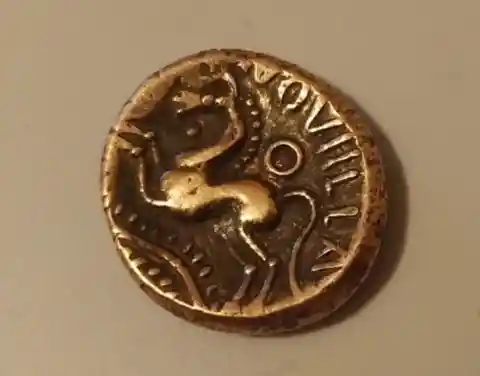
Meanwhile, the construction workers were allowed to continue the excavations now that all the artifacts were removed from the site.
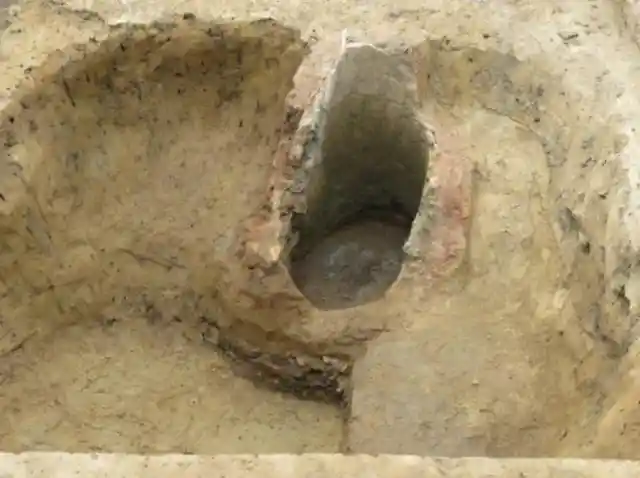
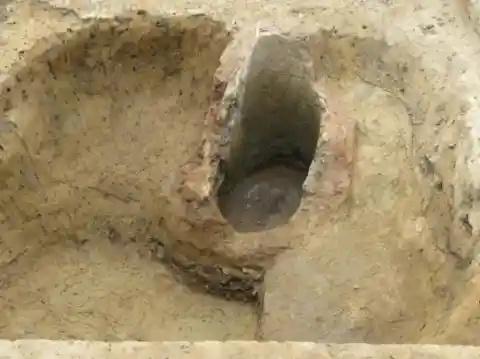
The sales director for Persimmon Homes South East, Martin Crick, pointed out this is some great advertising saying that the customers that “move into their new homes later this year, […] will be continuing a tradition of residency on this land that started thousands of years ago.”
“It has been a privilege for us to see the archaeologists at work on site, and to know that Watling Place now has its own important place in history,” concluded Crick. Who would have thought such a discovery would be made when the construction team began their work?
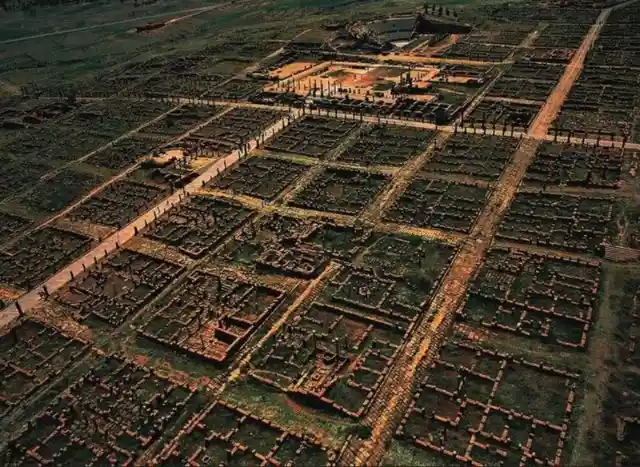
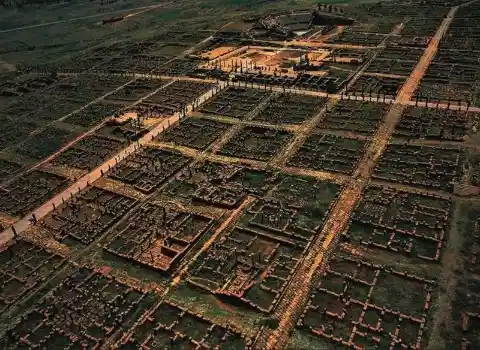
We can all agree it was a lucky find!